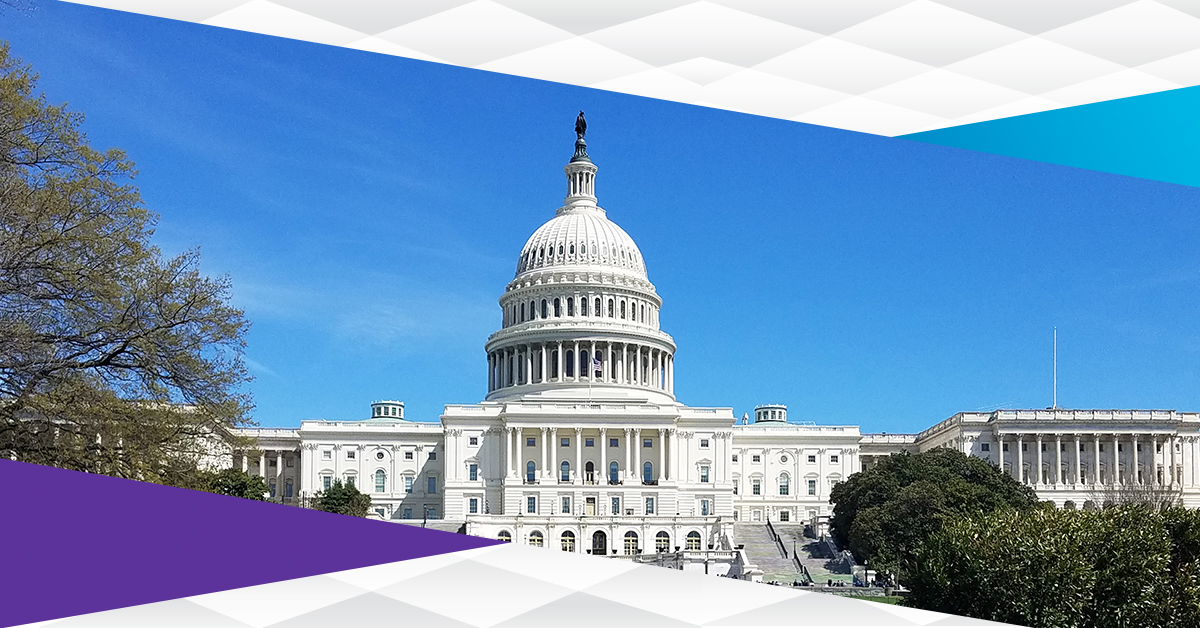Testimony of VIAVI CTO at House Subcommittee Hearing on Communications and Technology on “Leveraging AI to Enhance American Communications”

On November 14, 2023, VIAVI Chief Technology Officer Sameh Yamany was invited to testify at a hearing of the U.S. House Subcommittee on Communications and Technology on “Leveraging AI to Enhance American Communications.” A video of the hearing can be viewed here, and the written submission of Yamany’s testimony follows.
Written Testimony
Dr. Sameh Yamany, Chief Technology Officer of VIAVI Solutions
Before the
House Committee on Energy and Commerce Subcommittee on Communications and Technology
November 14, 2023
Chairman Latta, Ranking Member Matsui and members of the Subcommittee, my name is Dr. Sameh Yamany, I am a proud US Citizen and the Chief Technology Officer of VIAVI Solutions. I have over 30 years of professional experience and expertise in computer science, engineering, artificial intelligence, and telecommunications technologies. At VIAVI, we’re proud to be putting cutting-edge AI technologies to work transforming communication networks.
1. VIAVI—Who We Are
VIAVI Solutions is headquartered in Chandler, Arizona and we have significant operations in key locations across the country including Santa Rosa and San Jose in California; Germantown, Maryland; Indianapolis, Indiana; Wichita, Kansas; and Colorado Springs. We have more than 527,000 square feet of manufacturing space and employ approximately 1,600 skilled professionals across the country.
In big cities and small towns across our nation, the introduction of AI-driven network solutions by VIAVI is revolutionizing connectivity. Our advanced AI algorithms are crucial in testing and optimizing fiber optic and 5G networks, ensuring that each connection is fast, and enabling networks to intelligently adapt to the unique needs of every user and its environment. In short, our role at VIAVI is to help network providers live up to and exceed consumers’ expectations. From improving remote education to enabling telemedicine and first responder communications, VIAVI’s AI-centric approach is quietly making a tangible difference in daily life.
2. What We Do
VIAVI’s suite of tools operates within the network, improving performance, resiliency, coverage, reach, and innovation. Many of these tools have progressively incorporated AI and Machine Learning (ML) techniques to elevate the accuracy and efficiency of network functions and take on tasks that human operators could never have performed.
By leveraging VIAVI’s tools for collecting and correlating network traffic and operational data, AI-based solutions are employed to proactively safeguard against and predict malicious cybersecurity threats, security vulnerabilities, and malevolent activities. Similarly, it means we can preventatively identify underperforming and faulty network components, maximizing the utility of the connectivity we rely on in good times and bad.
3. Using AI to Help Consumers’ Networks Stand Up to Disasters
VIAVI’s AI-driven systems are a critical part of fortifying networks against the threat of natural disaster. Using our AI models, VIAVI can predict how natural disasters might disrupt communications. Using this data, network operators can both design more resilient networks and are prepared to automatically adjust the network during disasters to maintain critical communications. This proactive approach ensures that emergency services remain operational, and families stay connected during crises, exemplifying how AI can help ensure we all have a lifeline in our most challenging times. Moreover, even after the disaster has passed, network providers often look for intelligent and automated prioritization triage to quickly get their networks back online. The AI-powered network monitoring and root cause analysis functions we offer can be instrumental in speeding repairs and reducing the need for extensive manual labor when restoring critical services. We can provide specific guidance about which particular parts of the networks should be fixed – and in what order – to restore connectivity as quickly as possible. This capability can be essential in preserving human lives and mitigating the repercussions of disasters on businesses and the environment.
4. Using AI to Help Consumers’ Networks Withstand Stresses on the Network
Disasters aren’t the only stressors on our nation’s networks. Sporting events, celebrations, and other mass gatherings can easily overwhelm a network—potentially cutting off the communications needed to reunite families in a large crowd, provide medical services, or just share that special moment with friends. Frankly, without access to communications, a celebration can become a tragedy. VIAVI’s AI-powered “digital twin” technology is a powerful tool in understanding how networks will respond to these types of scenarios. By creating a virtual model of a provider’s network and simulating the event’s impact millions of times over, our AI systems enable real-time adjustments to manage the surge in network traffic because they’ve seen it before.
These AI powered digital twins are a pivotal advancement in network design, reliability, and performance; they are an invaluable tool for identifying network issues before they arise; and they enable the timely troubleshooting of operational challenges once the network is deployed and operational.
5. Using AI to Help the United States Transition to Open RAN Technologies
Beyond the stress disasters and mass gatherings put on our nations’ networks, the complexity of the challenges we face in securing our telecommunications supply chain are significant and another example of where AI-driven solutions serve the needs of American telecom operators and consumers. Specifically, as we transition to Open Radio Access Network (Open RAN) technology, network configurations will get significantly more complex. Rather than a controlled network stack from a single vendor, networks will consist of a highly diverse set of disaggregated pieces of hardware and software components sourced from multiple vendors.
This subcommittee is well aware that transitioning to Open RAN is critical to securing the telecommunications supply chain of our nation. VIAVI applauds the incredible bipartisan work done by the leaders of this Committee and Subcommittee in drafting, enacting, and funding the USA Telecommunications Act to promote the development and use of Open RAN technology here in the United States. We are also encouraged by your recent actions to advance the Open RAN Outreach Act to help ensure these technologies live up to their full potential. The goals you have set for this transition are critical but present challenges to industry. The inherent openness and flexibility introduced by Open RAN also bring about complexities. These complexities manifest as challenges to interoperability and integration, and the imperative to match the performance and resiliency levels of traditional single-vendor-based radio access networks. Here too, a network digital twin is a potent instrument to ensure the efficiency and efficacy of 5G and Open RAN networks. Our AI tools learns the intricate network traffic patterns and behaviors characteristic of complex 5G, Open RAN, and anticipated 6G wireless networks, and emulate them in the lab. In short, network operators can virtually build an ORAN network alongside a digital representation of their existing network and see how they will work together – all before the first component is added.
As part of our work to meet the challenge you have set out in legislation, VIAVI has taken on certifying, benchmarking, optimizing, and verifying all interoperability use cases and interfaces associated with Open RAN technology. Furthermore, we take on the task of developing and verifying the RAN Intelligent Controller (RIC), a crucial element responsible for automatically and intelligently allocating resources within the network. This multifaceted process includes rigorous security testing, network automation, orchestration, and optimization. Many of these functions leverage advanced AI/ML techniques to enhance the efficiency, automation, and security of Open RAN systems.
6. Recommendation and Conclusions
It is indisputable that AI, like many significant technological advancements that have come before it, necessitates a discussion of regulations and guidelines to safeguard its operation, ensure security, safety, privacy, and impartiality, and address its direct and indirect consequences. But no two AI technologies are equivalents and each carry different risks, impacts, and implications.
As the Committee continues its pivotal work on the subject of Artificial Intelligence (AI), we urge you to embrace the nuanced nature of AI systems, particularly those exemplified by VIAVI’s offerings. Low-risk, high-value AI systems like ours – which we term Telco AI – represent a new frontier in enhancing network security, resiliency, and efficiency, and we believe that AI-driven solutions, especially those with limited to no interaction with consumer data—like ours—are crucial for our future.
VIAVI is well-positioned to serve as a resource to the Committee. As an American company, we take pride in our leadership in the field of telecom-based AI solutions. Our technologies hold the potential to profoundly contribute to the enhancement of American networks, rendering them more secure, efficient, and resilient. VIAVI’s commitment to advancing the application of AI in telecommunications underscores our dedication to fortifying the critical infrastructure upon which the nation relies. We are eager to collaborate and provide insights to ensure that the regulatory landscape surrounding AI appropriately balances innovation, security, and the interests of the American public, and we thank you for the great honor of testifying here today.



